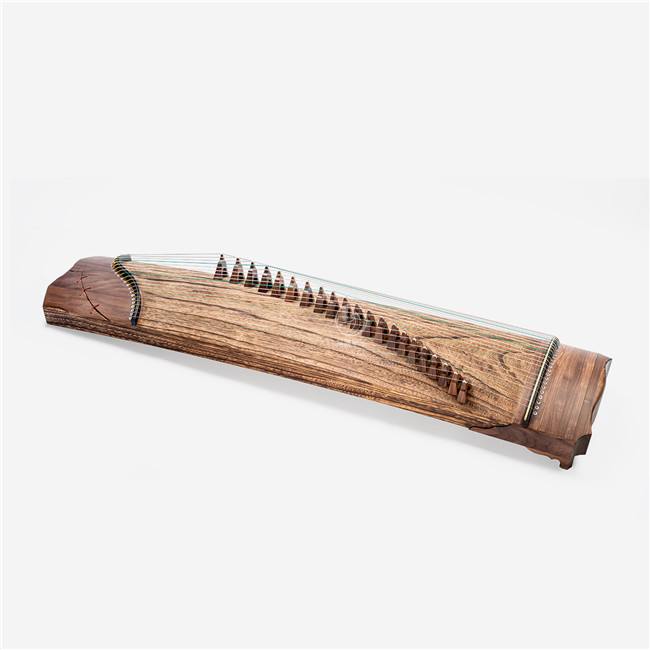Gayageum overview

Gaya Gum (pinyin: Jiā Yē Qín) has been handed down from the Three Kingdoms period of Korea and has a history of more than 2,000 years. It is said that it was made by the King of Gaya Kingdom by imitating the zheng. The shape is similar to the guzheng. The qin has twenty-one strings.
Gayageum has a unique artistic style and a variety of playing techniques. You can play solo, ensemble, and ensemble. There are three types of Gayageum, which can be roughly divided into three types: "Jongnak Gayagum", "Sandyo Gayagum", and "21-string Gayagum" used in modern times.
Gayageum is a plucked musical instrument with strong national characteristics.
Ancient Gayageum, the body is made of a single wood into a groove, the tail is horn-shaped, without a bottom plate, so the volume is low and lacks expressiveness; now the Korean people use the Gayageum, which has been used for many centuries. It is made by improving and absorbing the advantages of other ethnic musical instruments. Thanks to the bottom plate, a resonance box is formed, which significantly enhances the volume and enriches the tone.
Gayageum is a folk musical instrument that is good at expressing the soft emotions of the nation. Therefore, Gayagum playing and singing is a form of performance that people of all ethnic groups enjoy.
At the end of the 19th century, Gayageum music reached its peak, which was a turning point in the art of Gayageum. The music gradually changed from the slow court music to the light and lively sang tune. The Gayageum that was originally circulated was transformed into a san tuned Gayageum because it was not suitable for playing the fast tones of the sang tune, and it has been passed down to this day.
- Chinese name:伽倻琴
- nickname:korean zither
- popular area:Korean Peninsula
- nationality:Korean nation
overview of other similar instruments
- sanyanxiao overview
- Daguangxian overview
- Leiqin overview
- hahao overview
- yandundagu overview
- Han Xiaozheng overview
- Fang Xiang overview
- guanzi overview
- zhuqin (Dao Qin) overview
- zhuiqin overview
- bangzi overview
- three-stringed piano overview
- Gehu overview
- xiao overview
- xiaokonghou overview
- Konghou overview
- Sheng overview
- suona overview
- hulusi overview
- gushao overview
 渝公网安备 50010702504639号
渝公网安备 50010702504639号